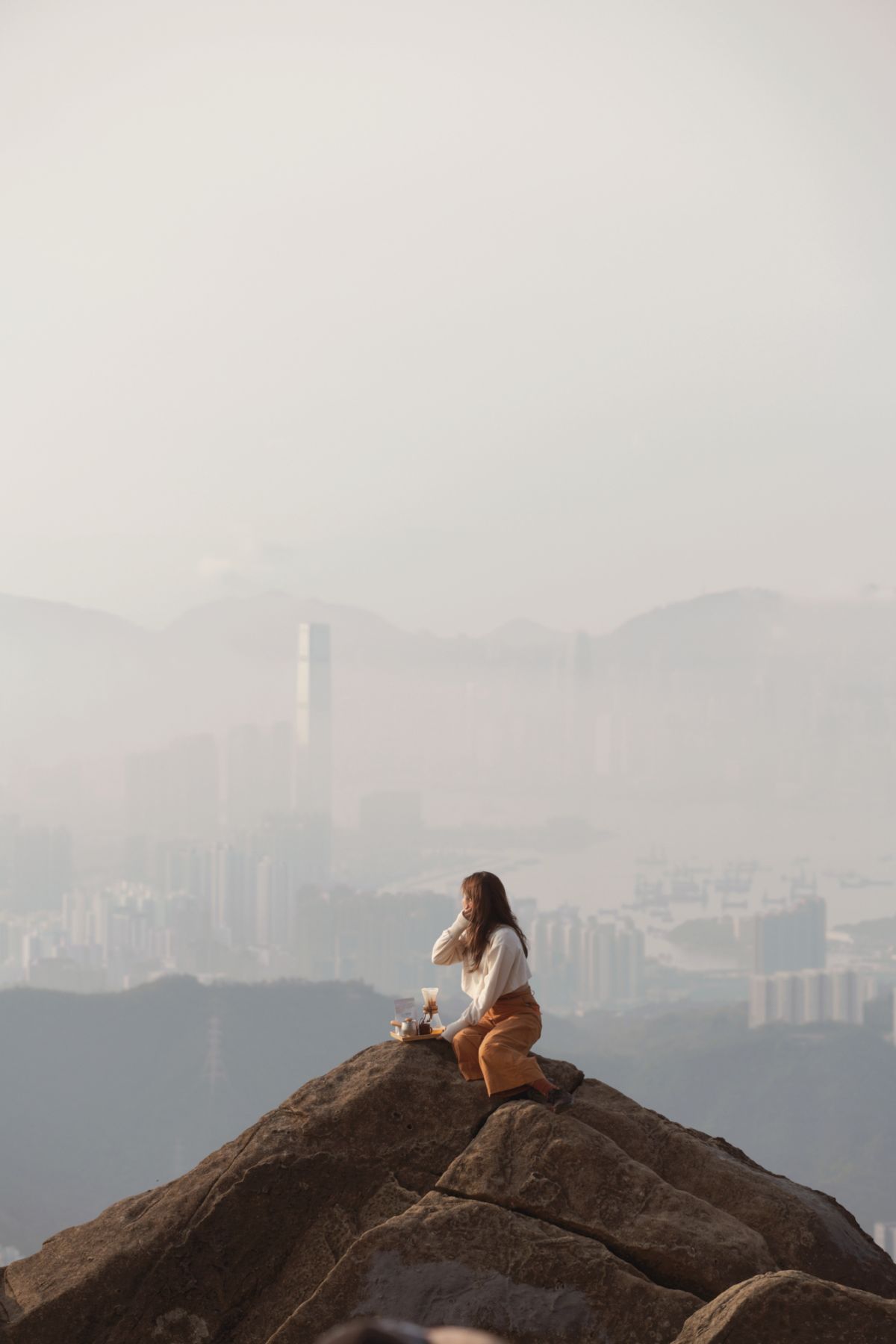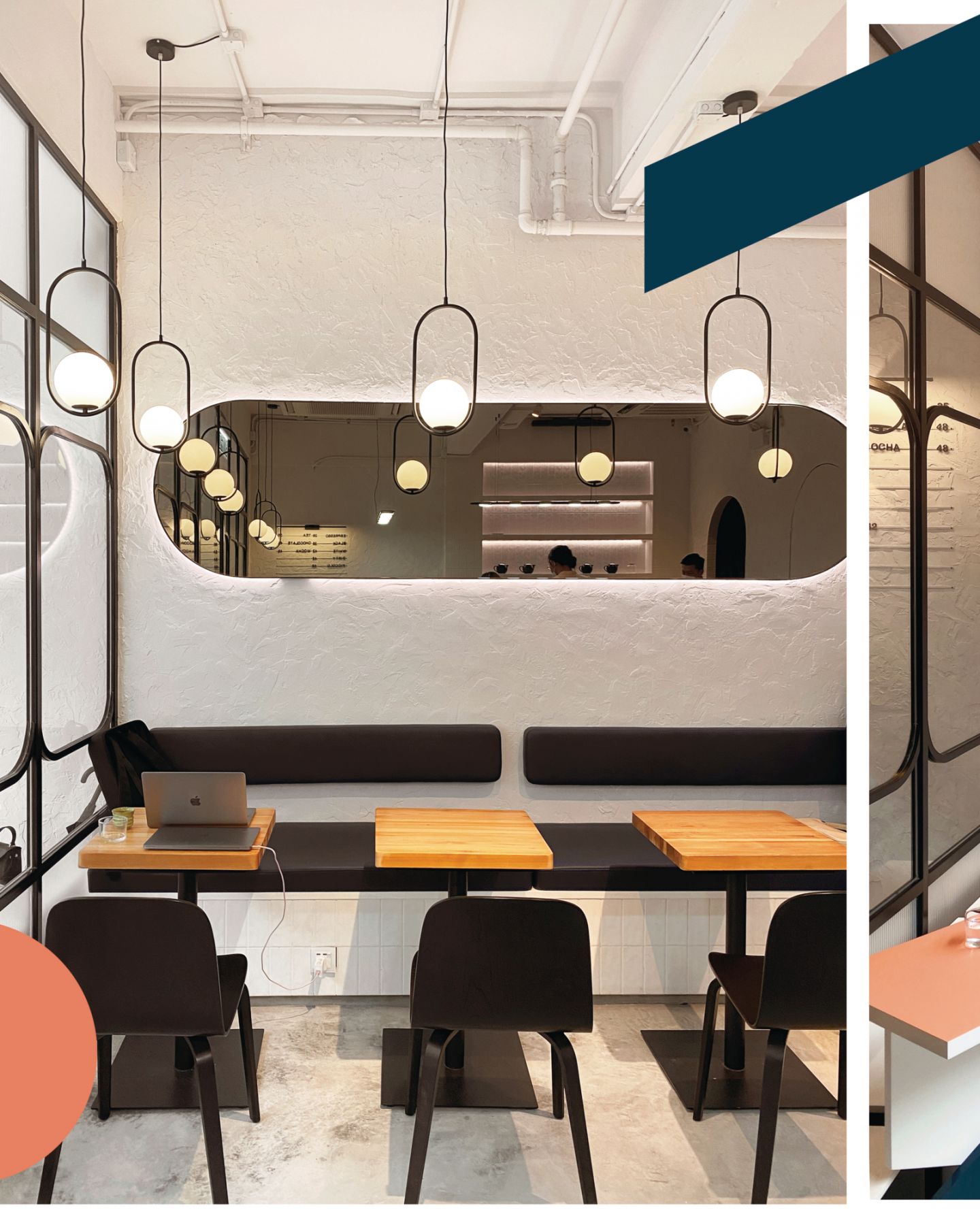Hong Kong may be steeped in tea culture, but recent years have seen speciality coffee and stylishly appointed drinking destinations proliferating across the city. We explore how café culture has taken hold over the past decade
When the Tatler Dining team first came up with the challenge of writing a weekly round-up of new cafés, it was unclear how long it could be sustained. It was midway through 2020, a year defined by the pandemic, yet despite restaurant closures, bar bans and an uncertain future for hospitality, we noticed a curious trend emerging: the rise of the humble coffee shop was quickly starting to represent pockets of normality in a time that was—and continues to be—anything but ordinary. At weekends, flocks of coffee geeks and influencers vie to be among the first to capture and post about the latest café concept, offering their two cents on everything from the quality of the cakes to the complexity of their coffee menu, and swapping tips on the best times to arrive to snag that most photogenic corner or an off-menu drink to immortalise on their feed.
Coffee is big business right now, even as imports fell in 2020. Restaurant operator JIA Group launched Between, its first café concept, in late 2020, while Hysan Place, Taikoo Place and IFC Mall have all hosted coffee festivals and events this year, giving a boost to local roasters and café brands. And as life in Hong Kong slowly returns to something akin to pre-pandemic regularity, venues continue to pop up across the city, from Central and Western District to bucolic New Territories neighbourhoods.


Between January and August 2021 alone, more than 120 coffee shops opened across Hong Kong; the majority are independently owned, with only a fraction being backed by brands (eg Bowtie Coffee, opened by the millennial-targeted insurance firm Bowtie) or supported by larger organisations (for instance Curator Creative Café, one of the latest, which is in the new M+ museum), and range from tiny, standing-room-only coffee stands or takeaway windows to spacious, design-led establishments where the aesthetics do the talking. They join new venues launched by existing international players, from San Francisco’s Blue Bottle Coffee to Japan’s Omotesando Koffee.
The top three districts for café openings over the last year are Sham Shui Po, Central and Wan Chai; but speciality coffee—that which is made with the highest-quality beans of known provenance—is also finding its way eastwards on the island, with the likes of Monochrome Coffee and Lazzy Project in Shau Kei Wan, and to far-flung communities such as Ma Wan, where Sol Committee, which overlooks Tsing Ma Bridge, does a thriving business. In Kowloon City, now more easily accessible thanks to the newly opened Sung Wong Toi MTR station, at least four café concepts launched between May and July—the latest, Yukkuri, is a sepia-toned space with washed-out vintage wood furniture and a carefully curated bread and cake menu to go with its speciality teas and coffees.
See also: All The New Cafes And Brunch Spots To Visit This September 2021






